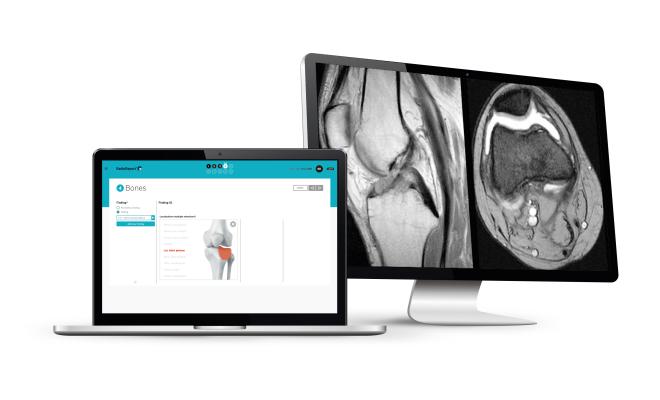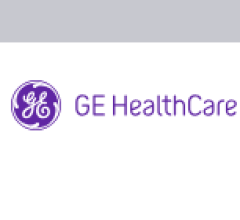
December 14, 2021 — RadioReport, the innovative software for reporting radiological findings, is now available for radiologists in the U.S. Several German practices and clinics are already using RadioReport. This software automatically generates structured reports in the areas of magnetic resonance imaging (MRI) and computed tomography (CT). The developers, German company Neo Q, presented the tool at the 2021 annual meeting of the Radiological Society of North America (RSNA).
RadioReport is the only reporting software worldwide that uses a completely systematized process to guide radiologists all the way to the final report. This involves answering specific questions using checkboxes and selection tools with the click of a mouse—completely without free text. The result is a high-quality, comprehensive report contains all the relevant information, using short, clear sentences. For doctors and patients, this represents an important milestone, as studies have shown that more than 40% of dictated reports contain errors. The software not only ensures high-quality reports, but also faster ones. After conducting individual field tests in pilot setups, Neo Q has found that a skilled radiologist is able to complete a report of, for example, a breast MRI examination in an average of 10 minutes when using RadioReport. The average time required using conventional methods is 35 minutes. As a result of the significant reduction in time, there are significant cost advantages for clinics and radiology practices.
In Line With Clinical Practice: Anatomy Instead of Pathology
In contrast to other methods of digital reporting, RadioReport does not work with templates that cover individual clinical findings, but with 23 complete modules. Based on the anatomy or the examined area of the body, these modules cover the entire spectrum of MRI/CT indications. "Radiologists assess an examination region holistically, because it is not uncommon for multiple diseases to be present. The approach via templates is rigid and cannot adequately reflect this complexity," said Prof. Alexander Huppertz, renowned radiologist with many years of experience, CEO and co-founder of the company.
Changing the Reporting Language Is Easy—New Possibilities for Teleradiology
RadioReport is a multilingual solution. Users can switch between English and Spanish, among other languages, with a simple mouse click, both in the user interface and in the final product, the report. Additional languages will be added in the future. This opens doors for telemedical reporting and for professional exchange across national and linguistic barriers.
RadioReport Opens the Door for Big Data
In addition to providing direct assistance for everyday radiological work, RadioReport facilitates the collection of large volumes of standardized, high-quality datasets. Every day, radiological examinations generate millions of data points. This data has the potential to be used by artificial intelligence (AI) as a basis for the development of individual therapies—the keyword here is personalized medicine. Until now, the data landscape for AI applications has been poor. “This is because reports of findings are still written as regular prose text and are therefore unusable for data processing,” said Huppertz. In contrast, RadioReport generates real-world data in machine-readable form—at scale and in high quality. As a result, hospitals and radiology practices can make their data available for AI applications. Up until now, it was not possible to generate high-quality radiological data in such a high volume.
For more information, www.radioreport.com


 April 17, 2025
April 17, 2025 








